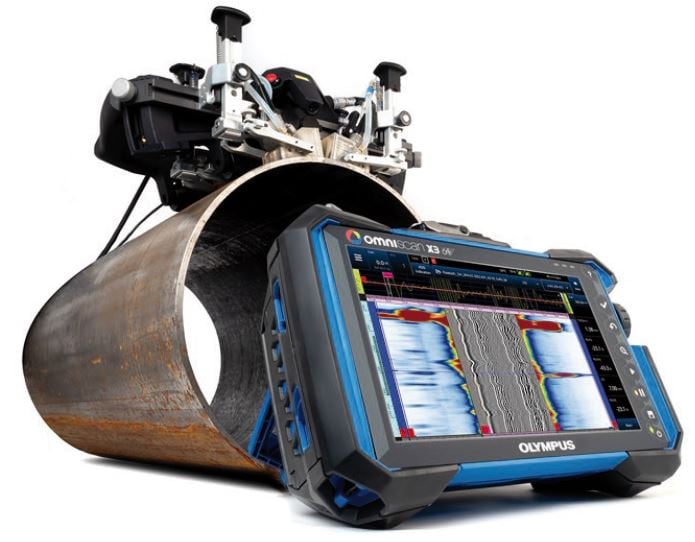Cooling Water (CW) Corrosion and fouling are closely related and should be considered together. Critical factors in controlling both include: process and CW temperatures, heat flus, water velocity, type and quality of water (salt, brackish, fresh), and type of cooling system. When managing heat exchanger bundles, cooling water corrosion control is simply a matter of proper design, continuous maintenance of high quality water treatment, and proper operating practices. Corrosion in CW exchangers can manifest itself as general thinning, pitting, stress corrosion cracking, and microbiologically induced corrosion (MIC). Metallurgical upgrades may be necessary in some circumstances, especially where fluid velocities cannot be adequately controlled, process or CW temperatures are too high, or water chemistry is not good.
Related Topics
- Brittle Fracture
- Carburization
- Cavitation
- CO2 Corrosion
- Corrosion Fatigue
- Corrosion Under Insulation (CUI)
- Cracking
- Decarburization
- Embrittlement
- Erosion Corrosion
- Fatigue (Material)
- Flue Gas Dew Point Corrosion
- Graphitization
- Green Rot
- High Temperature Hydrogen Attack (HTHA)
- High-Temperature Creep
- Hydrochloric (HCl) Acid Corrosion
- Hydrofluoric (HF) Acid Corrosion
- Hydrogen Embrittlement
- Hydrogen Stress Cracking
- Liquid Metal Embrittlement (LME)
- Metal Dusting
- Microbiologically Influenced Corrosion (MIC)
- Naphthenic Acid Corrosion (NAC)
- Phosphoric Acid Corrosion
- Pitting Corrosion
- Spheroidization (Softening)
- Stress Assisted Corrosion
- Sulfidation Corrosion
- Sulfuric Acid Corrosion
- Thermal Fatigue
- Vibration-Induced Fatigue
- Wet H2S Damage
Relevant Links
Topic Tools
Share this Topic
Contribute to Definition
We welcome updates to this Integripedia definition from the Inspectioneering community. Click the link below to submit any recommended changes for Inspectioneering's team of editors to review.
Contribute to Definition




















